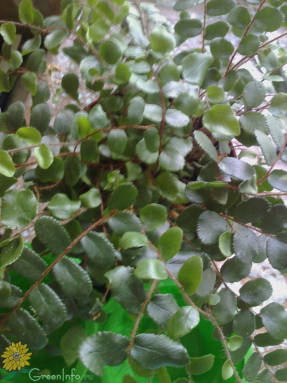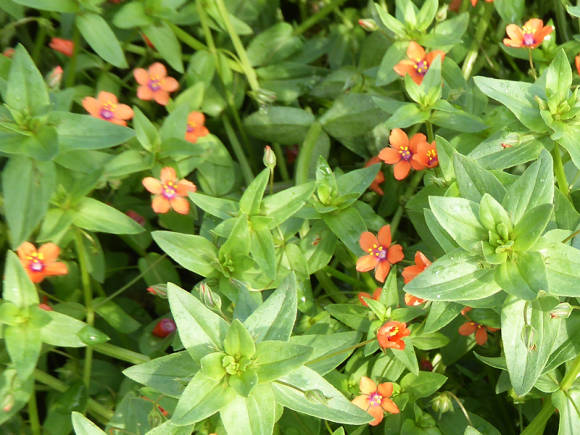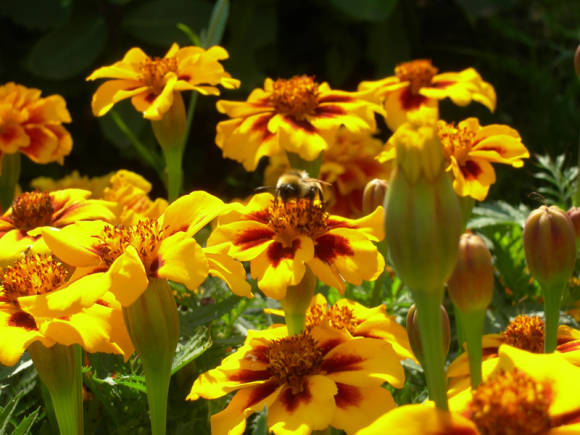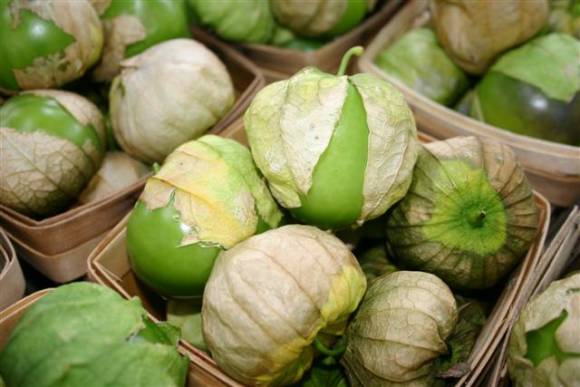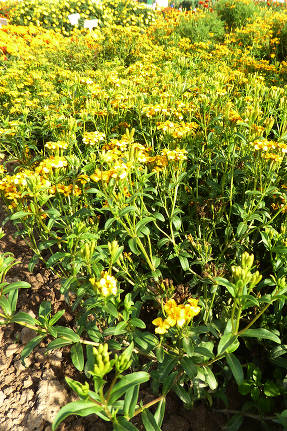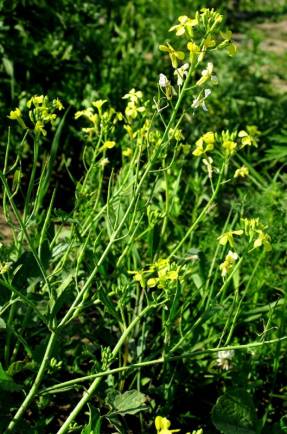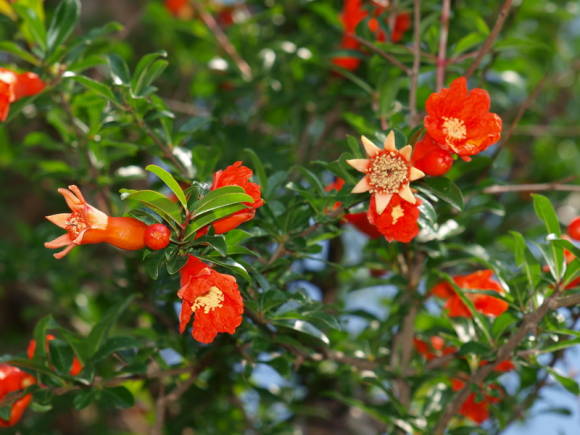
Our gardeners fell in love with Peking cabbage, and before that they did not want to buy it, and therefore they put it on sale under the guise of a salad. But such a little deception was only good for her. People fell in love with Peking cabbage - it turned out that it is a very tasty and very healthy vegetable, healthier than lettuce.
Peking cabbage can be cooked, stewed, or eaten fresh, like lettuce. Or add to salads with mayonnaise. Peking cabbage contains important vitamins and minerals, as well as amino acids that help the body to function normally (potassium, calcium and iron salts, up to 3.5% protein, 50-60 mg / 100 g of vitamin C). The most suitable conditions for its growth: low temperature - 16-20 degrees, short daylight hours. Therefore, the temperature regime of the Leningrad region is very suitable for growing this cabbage. There are no special problems with the sun either - in May-June it is usually enough, and in our latitudes it is not so bright as to oppress the plants. The only problem is that Chinese cabbage blooms quickly in our white nights.
I started working on Chinese cabbage about 15 years ago. Then there were still no modern varieties, which almost do not shoot on our white nights, and we had to sow Chinese varieties, which, when sown in spring, went into bloom. This problem was gradually dealt with by such methods: sowing in early spring, while the nights are long enough. Or in the second half of summer, when the white nights ended. Spring sowing is good because you can get an early harvest of vitamin greens, earlier than the harvest of lettuce. You also need to take measures for the rapid growth of greenery during spring planting: when planting seedlings of Peking cabbage, try not to disturb the roots so that the plants do not waste time on their recovery, and plant the plants in fertile soil so that the roots do not have to spend time searching for nutrients in the soil ... And one more thing: it is impossible to thicken the crops, because this also provokes the flowering of plants. And, of course, it is important to choose a flower-resistant variety.
Modern varieties and hybrids of Peking cabbage

In recent years, Dutch hybrids such as F1 Bilko, Manoko have appeared, which give excellent tight long heads of cabbage weighing up to 2 kg and almost do not shoot. Now these varieties are rarely on sale, so I switched to the domestic Vorozheya variety, bred in our VNIIR named after V.I. N.I. Vavilov. He also has a long head of cabbage, at the top of the head of cabbage leaves slightly diverge, much less arrow. It can be sown at any time - in early spring and summer. The F1 Cha-Cha hybrid also appeared. Both Peking cabbage varieties are recommended for their early blooming resistance. True, in practice it turned out that they simply have a significantly lower percentage of flowering plants than unstable varieties.
From the new hybrids of Peking cabbage, created by the Breeding Station. NN Timofeeva, the following keel-resistant F1 hybrids can be noted: Tenderness, Small miracle - with a growing season of 45–55 days. Heads of cabbage, 300-800 g each, not very dense, leaves are juicy, fleshy. When the temperature drops in early spring below 15 degrees, they bloom. Hybrid F1 Hydra - resistant to keel and flowering, heads of cabbage with fine bubbly leaves give a head of medium density in 50-60 days. Later-ripening hybrids F1 Knyazhna, Kudesnitsa, late-ripening hybrid F1Nika - form dense heads of cabbage more than 1.5 kg, are resistant to keel, heads of cabbage are well stored.
Usually I do the first sowing of Peking cabbage in early spring, in April, in a greenhouse. I sow several plants in open ground in May and June. Usually I try to make an artificially shortened day for May-June plants during the first two weeks of their life: in the evening I hide them from the light, in the morning I open them. During this time, they form a program aimed at the growth of the head of cabbage, and not the color.
I use the first Chinese cabbage plants in the stage of four to five true leaves as a fresh salad. I just thin out the crops, pulling out excess plants.
Peking cabbage grows very intensively and interestingly: you tear off one leaf from the plant, after which the next one quickly grows on it, much larger than the previous one. The leaves are sweetish, tasty, with a subtle cabbage smell, but vegetable oil or mayonnaise, sour cream interrupt this smell.
On heads of cabbage, it is better to sow Peking cabbage in the second half of July. Then any variety will not shoot itself, and a good dense head of cabbage will be ready by autumn.
For sowing Chinese cabbage, you need to prepare a place with fertile soil, as for our usual cabbage. Bring under digging from half to a full bucket of humus, depending on the fertility of the soil, and a couple of st. spoons of azofoska per sq. m area. Fresh manure is categorically contraindicated: you can get a burn of the roots, the plants will be oppressed. It is imperative to deacidify the soil to pH = 5.5–7, because this cabbage, like all cruciferous plants, can get sick with keel. To the delight of gardeners, many new varieties of Peking cabbage are genetically resistant to keel.
The seeds are embedded in the soil to a depth of 3-4 mm. Crops sprout very quickly - on days 2-3, if the weather is warm - about 20 degrees. You can grow this cabbage through seedlings that are prepared in a greenhouse. Or at home on the windowsill, or in the loggia. To do this, it can be sown in about the middle to the last decade of April, and planted in the ground in mid-May. Since the transplant of Peking cabbage seedlings is not very happy, it is better to grow each plant in your own vessel, and then do a neat transshipment.
Gardeners have a successful experience of growing Chinese cabbage seedlings in sawdust - wholesale, in one volume. Then the roots are almost not injured when transplanting seedlings, and the seedlings then take root easily. And they begin to sow seedlings in sawdust, sowing 2-3 seeds every 10 days.
A small nuance: the seedlings of Peking cabbage planted in the beds, and the plants sown with seeds grow very quickly, scattering large leaves to the sides, each of them quickly becomes a large plant, so the seeds should not be sown thickly. First, sow the seeds of Peking cabbage every 10 cm, and after repeated thinning in salads, leave 35–40 cm between the plants for early ripening varieties and 40–50 cm for later varieties - you get the very thing. The second nuance: at a young age, Peking cabbage grows very poorly if it lacks moisture. Because it has a shallow root system. Therefore, it is necessary either to plant it in a place where there is enough moisture, or to water it, preventing the soil from drying out. If the weather is hot, dry, and there is no way to provide watering, it is better not to sow, wait until it gets colder or it rains. Because in dry weather, cabbage will grow badly, but the beetle will have unrestrained expanse. However, waterlogging is also harmful, as cabbage can get sick.
If the weather is sunny during the growth of Peking cabbage, the cabbage will "give out" wide leaves and dense heads of cabbage. In the absence of the sun, the leaves grow narrower, and the heads of cabbage are looser, but still obtained.
Peking cabbage requires good nutrition throughout the growing season, so it needs to be fed regularly. Every 2-3 weeks it is necessary to fertilize with nitrogen fertilizers. The mullein is going great, but if it is not there, you can get by with mineral fertilizers. For top dressing, experts recommend not ammonium, but nitrate forms of nitrogen fertilizers, so that, as they say, metabolic processes are not disturbed. However, other experts advise, on the contrary, not to use nitrate fertilizers for dressing, because in this case nitrates accumulate in cabbage. So do whatever you want and get out. Many gardeners do it simply, without thinking about nitrates: they feed with fermented nettles.And many do not feed at all. If the soil is decently fertile, the cabbage will grow like that. If you overdo it with nitrogen fertilization, damage such as a marginal burn may appear on the edges of the leaves.
And, of course, there is no way to do without pest control of Peking cabbage. As soon as the first shoots appear from the ground, a lily beetle immediately pounces on them. She is very fond of the tender leaves of Peking cabbage. It needs an eye and an eye. In the morning, in the dew, sprinkle the leaves with sifted ash, do it at least every other day, for a couple of weeks, until the leaves get stronger and harden. The rest of our cabbage pests have not yet been evaluated. The cabbage whitefish rarely visits her. But slugs do not disdain. Therefore, in the evenings between plants it is necessary to lay out pieces of burdock leaves with a green surface down. In the morning, collect these pieces together with the pests hidden under them and immediately bury them in the ground for fertilization. In the last year, gardeners have noticed an invasion of snails on cabbage. In general, Peking cabbage will not let you get bored.

The last harvest of Peking cabbage is harvested in the fall, before the onset of severe frosts. The heads of cabbage are cut, spreading out to the sides several outer leaves. You can cut it off earlier, when the heads of cabbage become dense enough. The outer leaves eaten by pests must be removed, the heads of cabbage must be wrapped in a newspaper, and on top of it - in thin polyethylene and placed in a cold place for storage. Periodically change the wetted newspaper to a dry one, then the cabbage will not rot. In the refrigerator, it can be stored until the New Year. You need to eat this cabbage, not cutting off a piece of cabbage, like our white cabbage, but gradually tearing off leaf by leaf. Then it will be stored to the last sheet without spoiling.
Fly in the ointment: according to research by scientists, Chinese cabbage is a vegetable with a very high level of nitrate content - 1500-4000 mg / kg - this is its genetic feature. (Let me remind you that the daily dose of nitrates for a person is 5 mg / kg of a person's weight, that is, 350 mg is required for a person weighing 70 kg). The greatest amount of nitrates is contained in the veins and petioles of the leaves, moreover, in the outer leaves there are more nitrates than in the inner ones. If cabbage is grown in low light conditions, in a greenhouse, more nitrates accumulate in it. At moderate temperatures (15-18 degrees) and good illumination, less nitrates are obtained. Therefore, it is recommended to harvest Peking cabbage during the day, then the nitrate content decreases by 30-40%, compared to the morning hours. It is not recommended to feed the cabbage before harvesting. You need to give her at least two weeks to "digest" nitrates from the previous feeding. Of course, at home, hardly anyone estimates the amount of nitrates in their harvest. If in doubt and fear, you can soak the petioles in water for 1-2 hours. At the same time, they lose up to 30% of nitrates. Up to 70% of nitrates are lost during cooking. Usually the petioles are boiled and fried, and the tender part of the leaves is allowed into salads.
